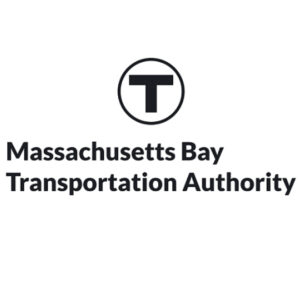 WILMINGTON, Mass. — An error by a signal contractor apparently led to a fatal accident in which a Massachusetts Bay Transportation Authority train struck a vehicle, killing its driver, on Friday.
WILMINGTON, Mass. — An error by a signal contractor apparently led to a fatal accident in which a Massachusetts Bay Transportation Authority train struck a vehicle, killing its driver, on Friday.
The Boston Globe reports that MBTA General Manager Steve Poftak said in a statement that “human error” is the focus of the investigation by the transit agency, state police, and the Middlesex District Attorney’s Office into the Friday evening collision that killed 68-year-old Roberta Sausville. Her vehicle was struck on the driver’s side by an inbound MBTA commuter train at the Middlesex Avenue grade crossing near the North Wilmington MBTA station.
Poftak’s statement said a worker for Keolis Commuter Services, the contract operator of MBTA commuter trains, was performing testing and maintenance at the crossing before the accident, and is believed to have failed to return the crossing-gate system to normal operating mode. As a result, the crossing gate did not lower prior the accident.






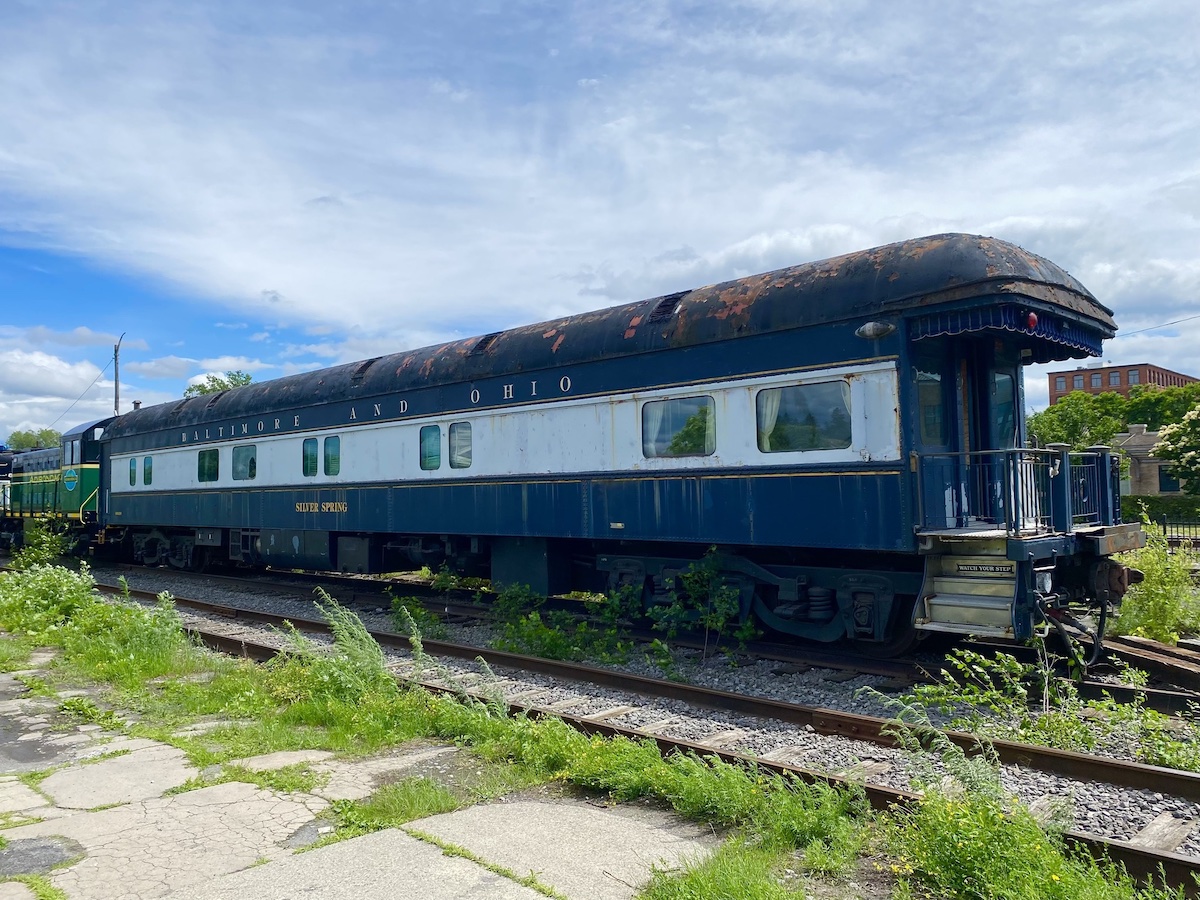
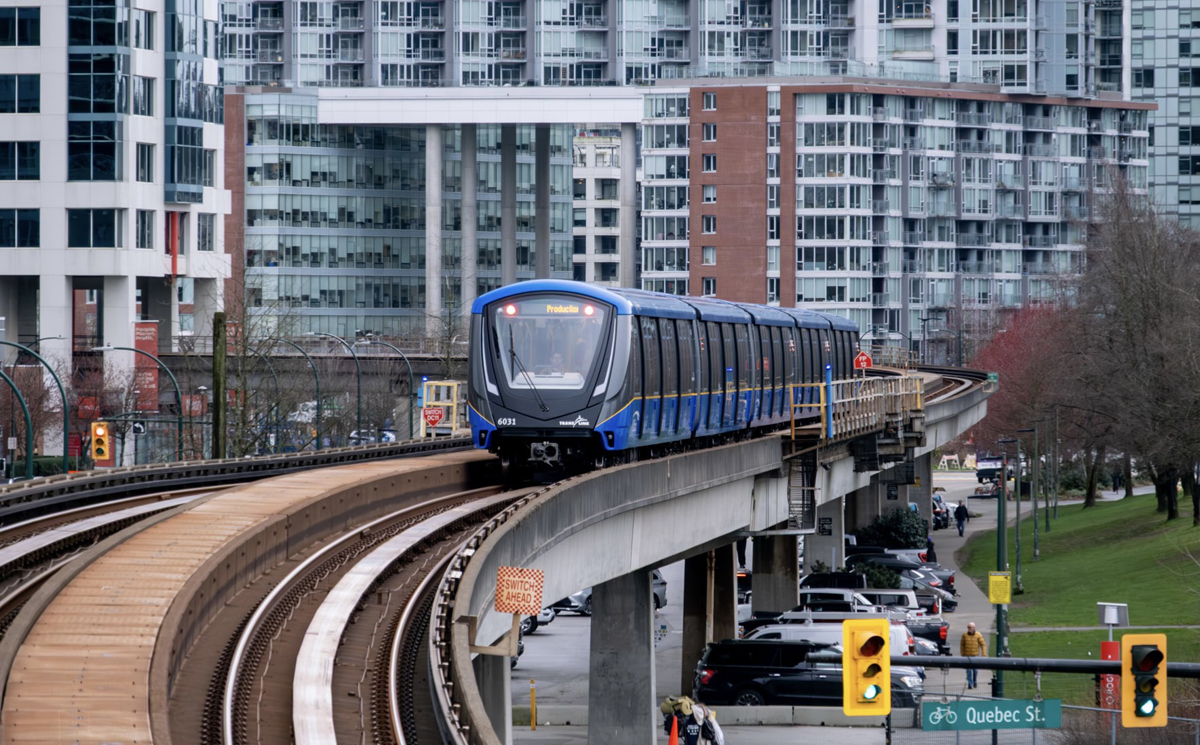
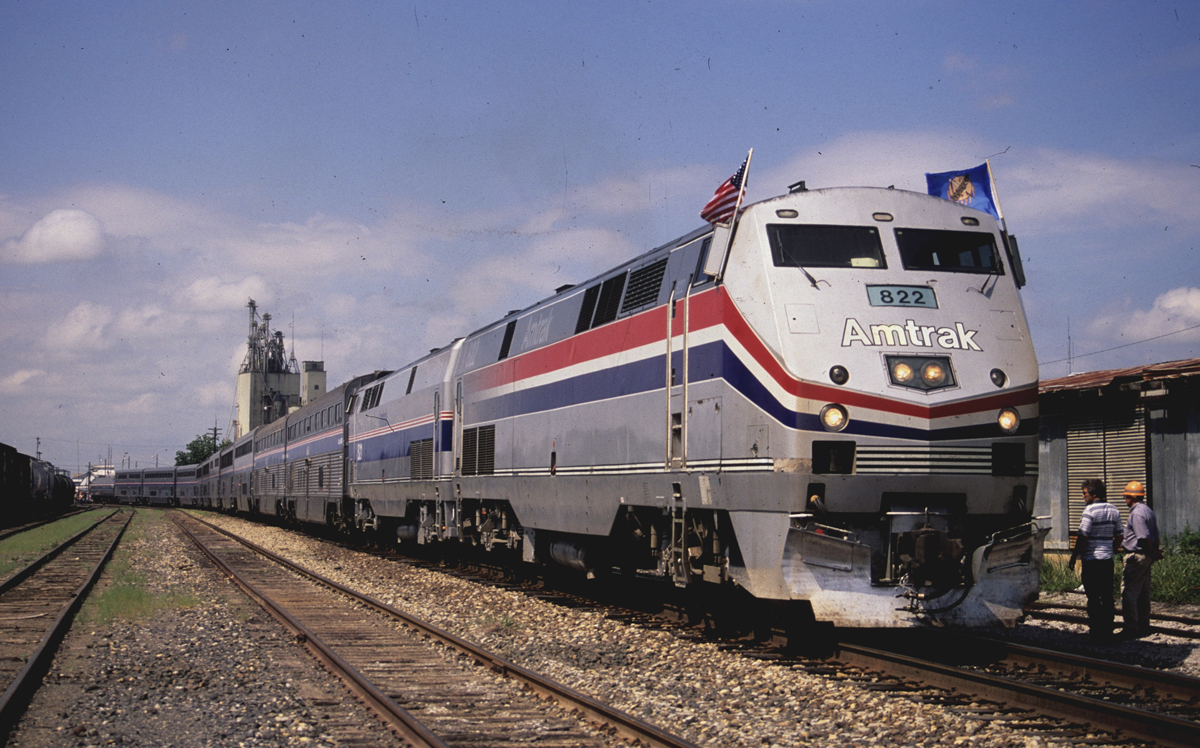
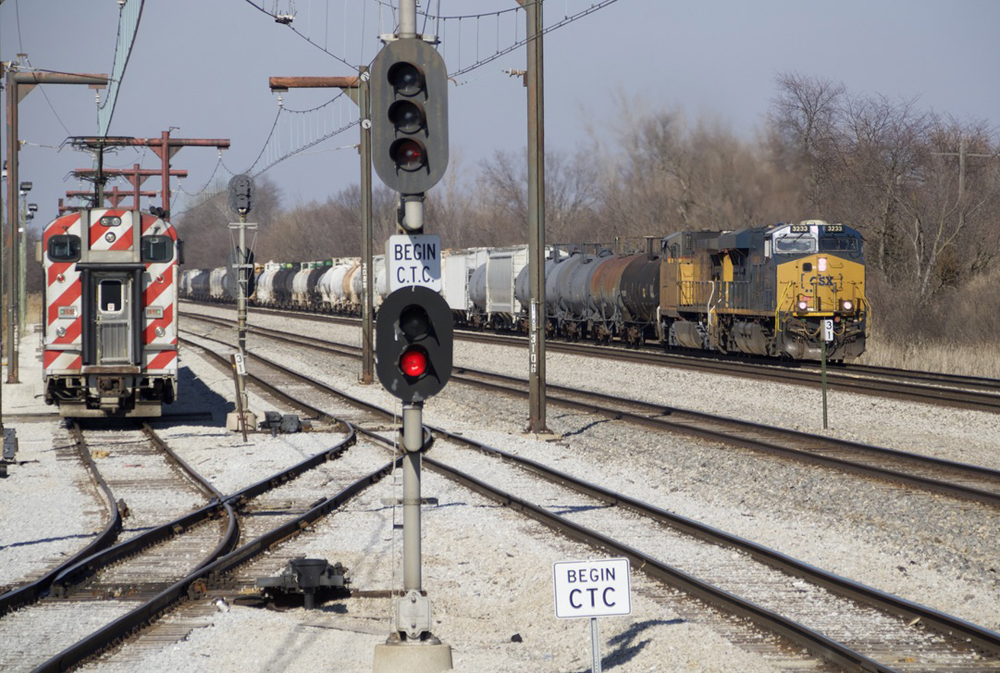




I used to live in the area near this crossing (200 feet from another crossing) and knew the woman killed in the accident.
I fought against the push to make the area a “no horn” zone. This was pushed by people who at the time had recently moved to the area. I explained a situation like this as my reasoning for not doing this, and they should have done better due diligence before buying homes next to grade crossings. Some of the trackage in this area dates back to the original B&M and predecessors in the mid 1800’s, it’s not like the homes were there first.
No system is fail safe, and while the fault may be assigned to the contractor, it is a shame that the backup system was discontinued at the behest of people who made, in their own opinion, a bad purchase decision.
Are the procedures adequate? Did the maintainer follow the procedures? Was the maintainer adequately trained?
Perhaps the first train over the crossing after maintenance should be required to approach slowly enough to stop before the crossing if the gates fail to close. Perhaps the maintainer should be required to remain at the crossing to observe correct operation of the gates before leaving.
As an engineer, it would be impossible for us to know when a signal maintainer has worked on a particular crossing. I saw signal maintainers at many crossings day in and day out. The big point is to be on the ball and observe the crossing before you enter it.
The signal maintainer can check the operation manually by grounding the wires at the track. Obviously, he or she didn’t, or we wouldn’t be having this discussion.
Quiet zones are a good thing. Lack of them means railroads are obnoxious neighbors. The problem is that the gates did not work because of improper procedures and lack of safeguards. The horn blowing in that situation would not necessarily be a good warning.
Wrong! While true that human error was the major cause, all accidents contain a series of ill-timed events that coincide to cause an accident.
The horn on a locomotive is a warning device. It is not there to just make noise. I always hated blowing the horn, but it prevented many an accident.
Therefore, it is within the possibly that the blowing of the crossing horn signal could have prevented the accident.
In your defense, if the engineer saw the car approaching and the gate up, he or she could, within the rules, blown the horn.
It appears that the Middlesex Ave. crossing is a so-called “Quiet Zone.” Google street view shows signs that read “No Train Horn” on the approaches. Whoever pushed for the quiet zone should be found partially responsible.